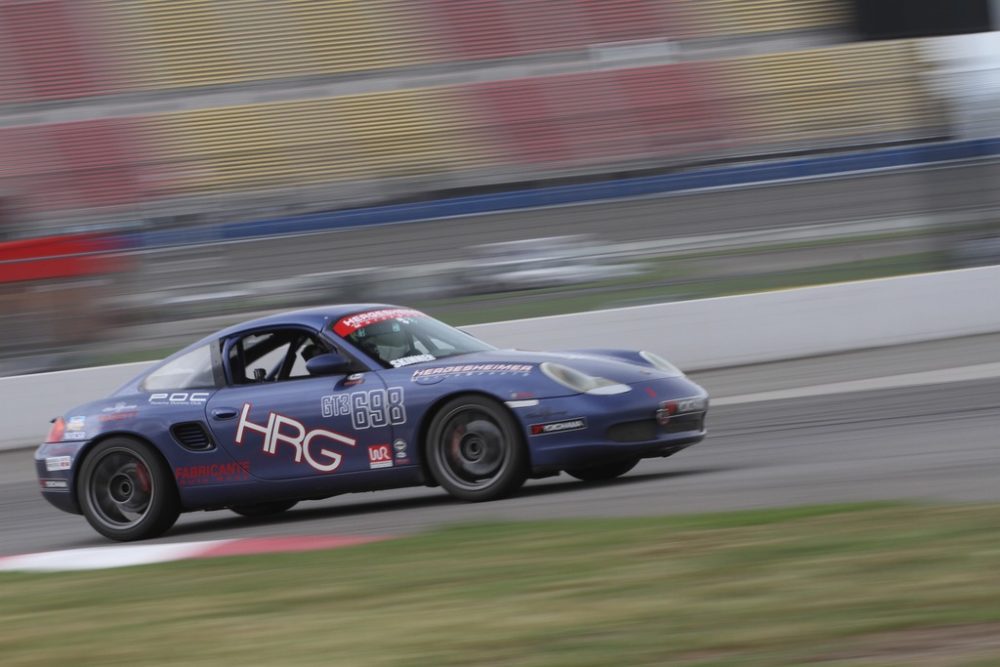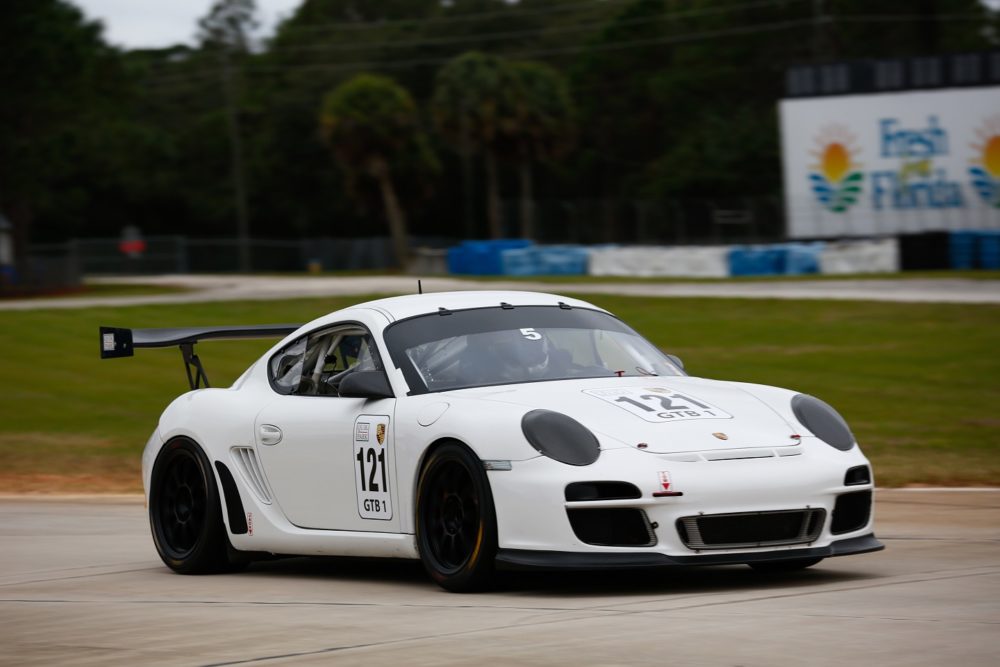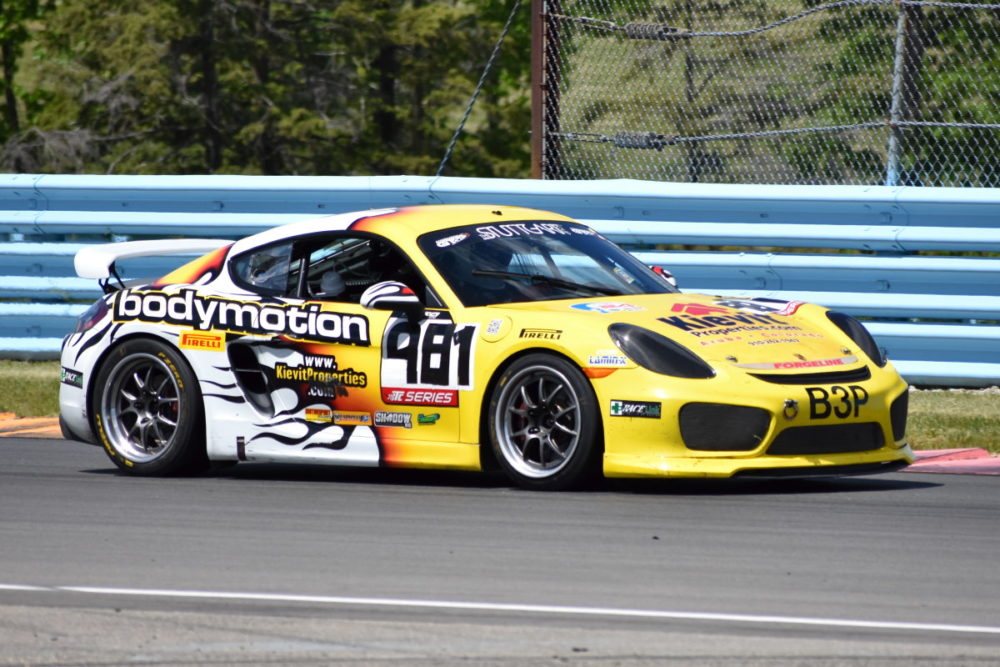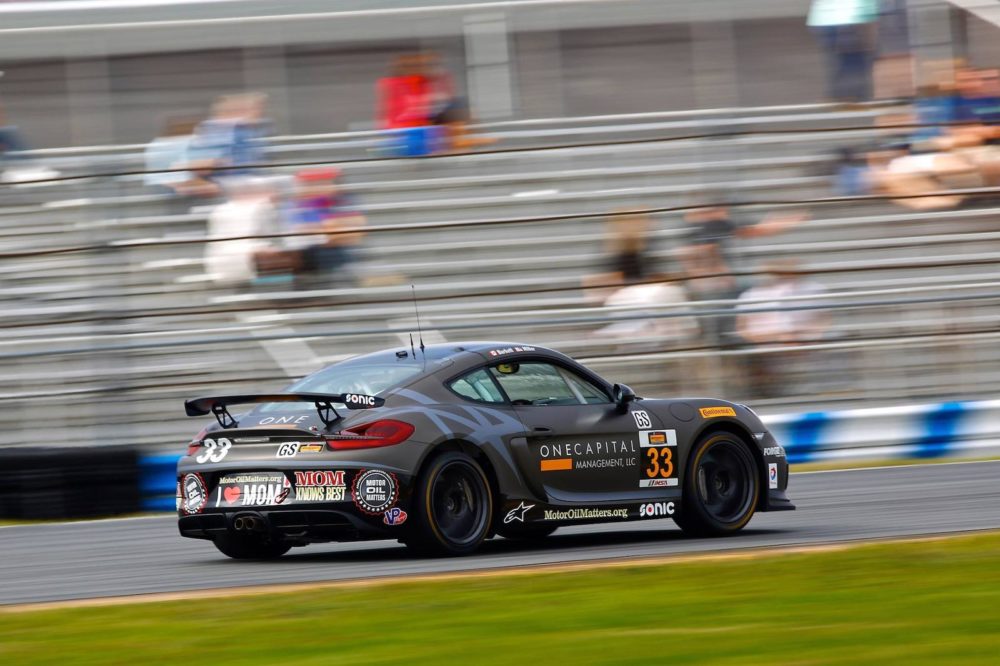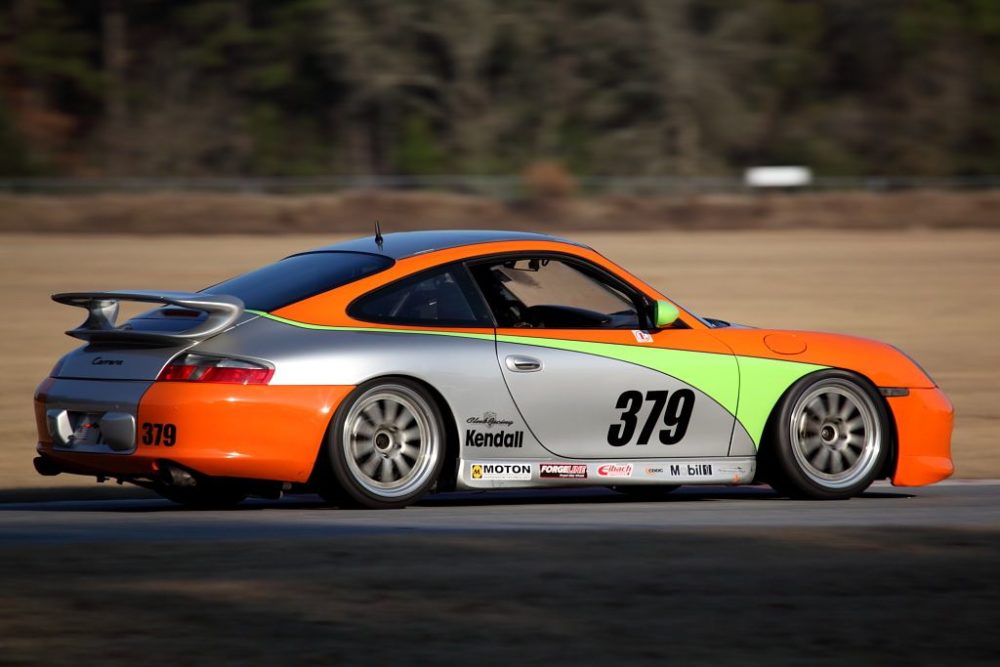How to Find the Limits of Your Porsche (and Yourself)
Before you head out and buy a new, faster Porsche, check out some of our member’s tips on going faster with the one you already own!
It’s safe to say that very few people who own any Porsche ever truly reach the car’s limits. This happens for a couple of reasons. For one, there’s only so much you can do on public roads, and few take their car to a proper race track. And even then, fewer still possess the driving skills needed to safely reach their car’s limits at the track.
And this is a mistake that a lot of people make. Before working on their own skills, they simply go out and buy a faster car so they can go faster. But if you want to truly maximize your current car’s capability (and your own), there are plenty of great ways to do so. Just ask the fine folks at Rennlist, as tvr-4 did in this thread.
“I love DEs and find them to be a great, safe environment. But I don’t think they’re the place to find your true limit, given the DE safety objectives (which is a good thing). The obvious pieces seem to be lots of seat time, coaching, data analysis, and guts. But the question is, how and where do you accomplish this in a (somewhat) safe and progressive manner? Couple of thoughts I had are private track time with less cars and more seat time and spending time on a skid pad (wet/dry). But I would love to get some thoughts from all the experienced folks here.”
It’s a wise choice, considering how many Rennlisters are also regulars at the track. And above all, they seem to prefer experience and practice over anything else.
“Seat time, seat time, seat time,” says Juha G.“There’s no way around it. When you get more experienced, you can start pushing more. Start with slower speed corners where there is a good run off.”
“Practice, practice, practice!” adds Pho King Fast.“Anywhere there is nothing to crash into is a good place. Just get some cheap tires and be ready to spin! Go-kart tracks are good too, even the cheap indoor kind. With karts, the suspension is removed from the equation so that can help in developing good tire feel. Risk is pretty low too.”
Seat time in good weather (or indoors) is nice and all. But as we all know, you can’t predict the weather, as gbuff points out.
“This weekend at Mid-Ohio I had a driver in an uber VW GTI ask me how I was getting through the turns so much faster than him in my stock Cooper. So I asked him how many days he had driven at the track, and it wasn’t very many. You simply cannot learn the nuances of any track, especially one as demanding as Mid-Ohio, without driving it again and again in all conditions as noted. This weekend was perfect in that Friday was wet and Saturday was dry and fast!”Â
But there’s more to it than just heading out and getting a feel for things, of course.
“This is my approach,” adds rlm328.“1) Always go into a weekend with a plan – what do you want to improve. 2) I will try and have an instructor ride with me at least once a weekend. Their insight is deeply appreciated as they will see problems you are having or developing. I like to change instructors as they will have different insight.
3) I my first session I do late apexes, and see if I need to adjust my plan if a corner I thought I knew has slipped out of my grasp. 4) The remaining sessions, I usually concentrate on 1 or 2 corners or a series of corners and drive more relaxed the rest of the lap. 5) I will pick one of my sessions during the weekend and I will try and put it all together. 6) I will review my data and compare it against the same track from other weekends to see if I improved.”
And even if you don’t have access to a full-on track, there are other ways to shore up your driving technique!
“Have you tried autocross? Very safe way to find the limit of your car,” notes AdamBrouillard.
“A snow covered parking lot early on a Sunday morning is a great option,” adds Veloce Raptor.
In the end, however, we’re all very different and we learn and progress differently as well, as ProCoach notes.
“In the end, we all need to construct a belief system that allows us to be more comfortable doing things at speeds we were formerly uncomfortable before. Which, believe it or not, Clarke has done in his own way very well.
I do NOT believe “one size fits all,” and I do think careful, reasonable people are challenged more by this than “naturally talented” drivers. It’s fun to study what it takes for people to make that step up, then again, then again.”
So in short, just get out there and drive. As much as possible. Seek feedback from others, and study the data. Then get back at it.
Do you have any solid advice to add to the mix? Head over here and chime in with your thoughts!

